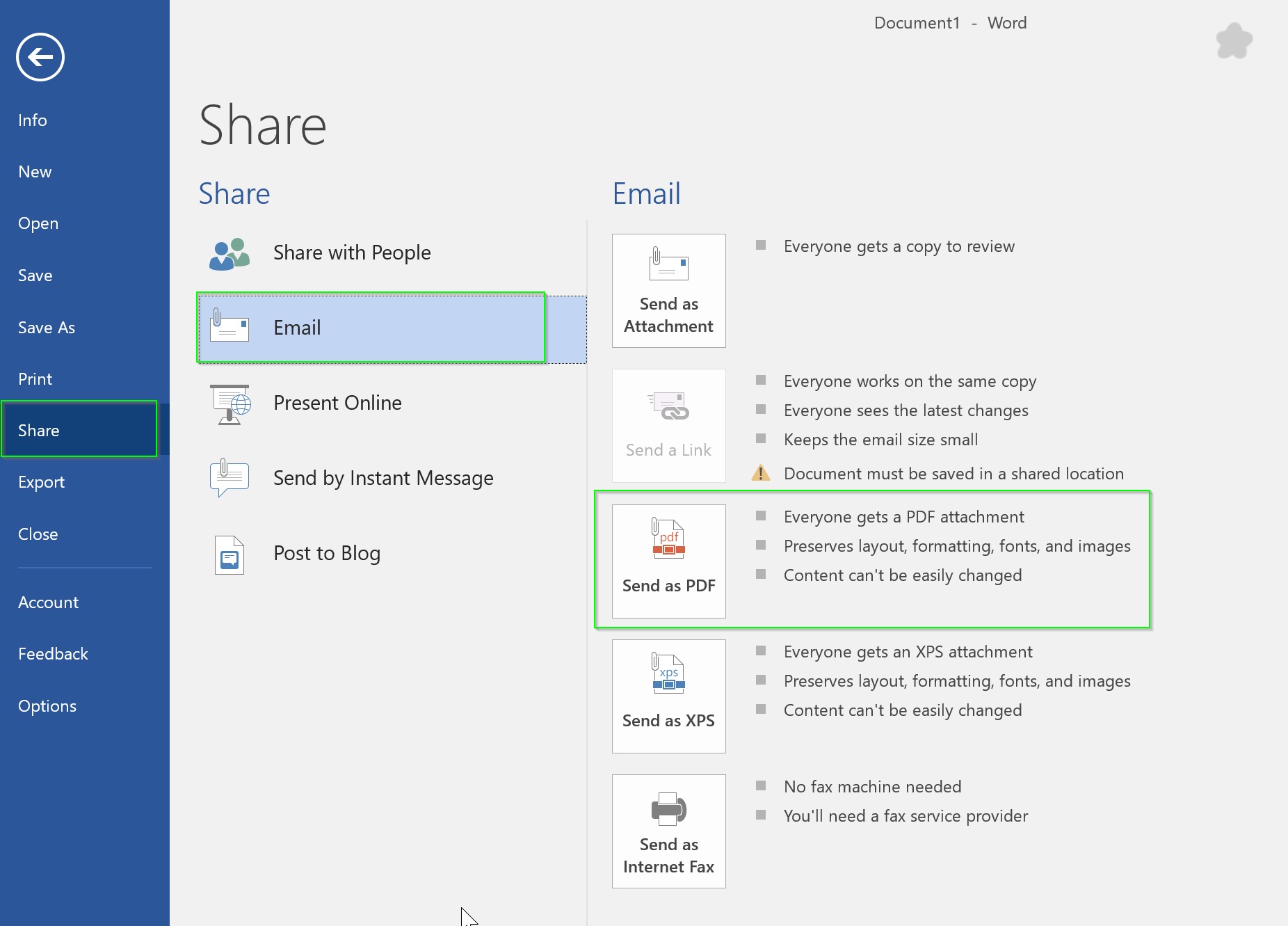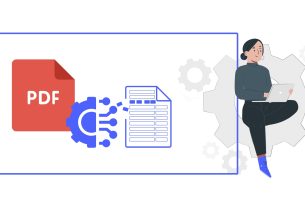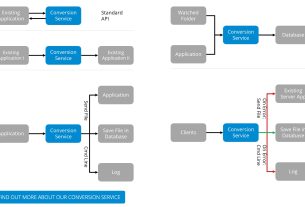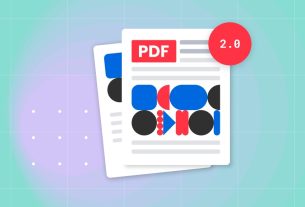PDF/a, an ISO standard, guarantees that documents are still readable in 10, 50 or even 100 years. This Format greatly helps to avoid a “digital dark age” and helps to obtain data from the present.
Introduction
Archiving documents and data from digital sources in PDF/A format has many advantages over storing data in the original format. Source applications are evolving rapidly. As a result, after only a few years, the readability and the authentic presentation of the data can no longer be guaranteed. In addition, a company must maintain all the applications used and all the platforms on which they run. This entails significant costs. Even for digitally created documents and files, PDF/A is an excellent choice for long-term archiving and has great advantages in terms of uniformity, searchability and economy.
Development of digital documents as archival documents
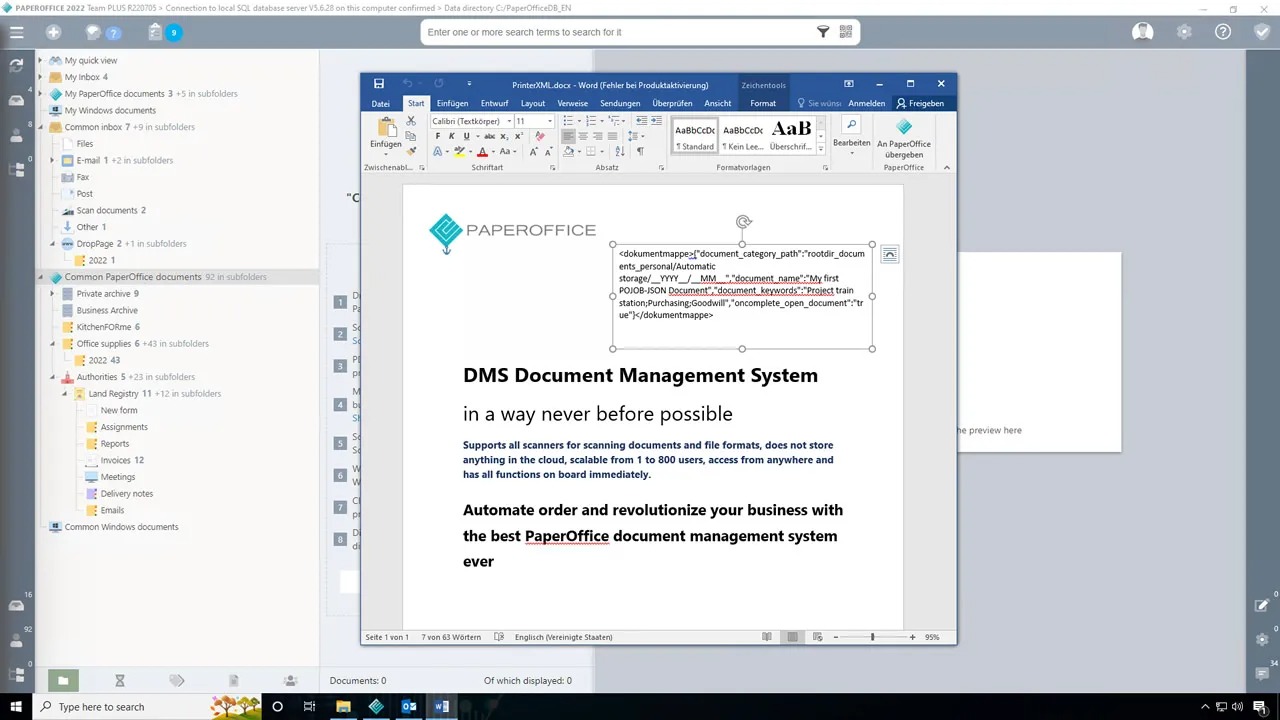
AIIM’s ECM model distinguishes five main processes in the management of business information: capture, manage, deliver, preserve and store documents. These processes can be easily mapped to the following PDF/A functions:
In all the processes mentioned, digital documents are created and PDF/A is also important in all these processes, although in different ways, as explained below.
What are the typical sources of digital documents archived after and in what processes are they created?
My Inbox
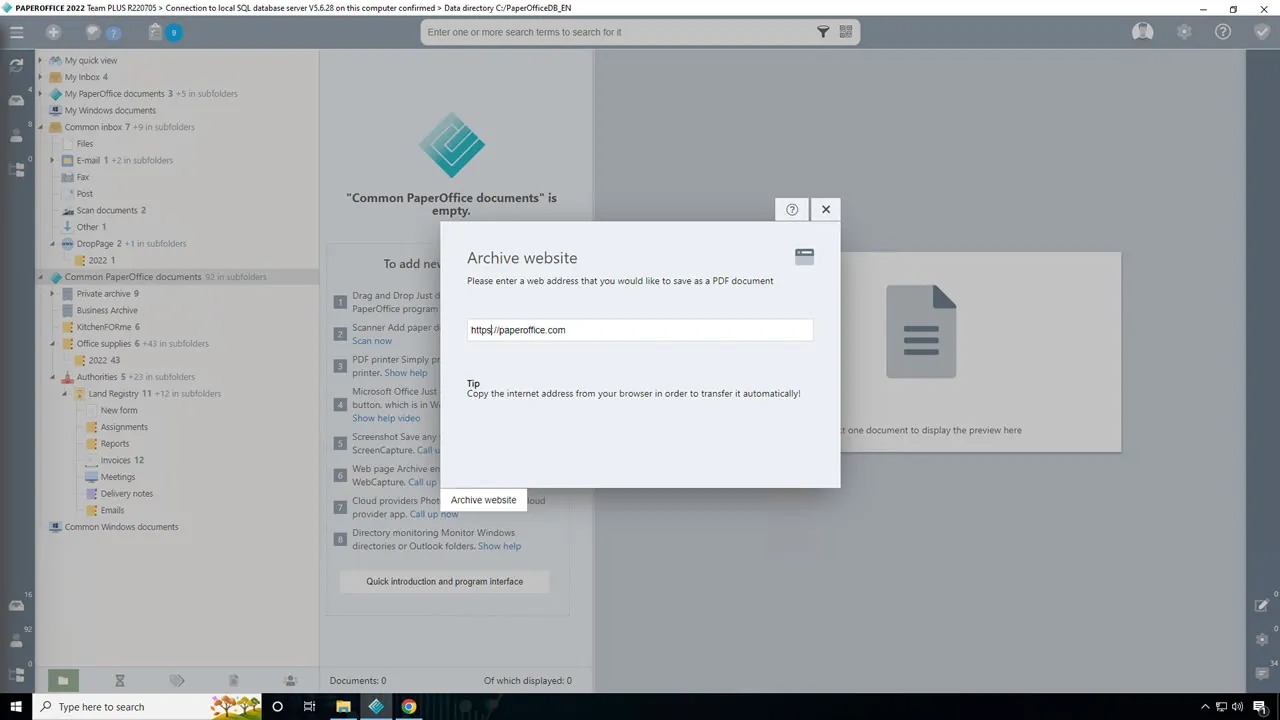
Scans with or without OCR (Optical Character Recognition)
Emails with or without attachments
Office, graphic design and construction
MS Word, Excel, PowerPoint, Visio, etc.
Illustrator, Indesign, Photoshop, etc.
CAD: Autocad, 3D Studio Max, etc.
Electronic Data Interchange
SWIFT, EDIFACT, etc.
Outbox

Print flow: PostScript, PCL, AFP, etc.
Archive migrations
Masses of TIFF and other files, including source data (metadata, object relationships, etc.).)
Attributes of analog and digital sources
Digital documents can come from both analog and digital sources. Some parameters are relevant for your subsequent long-term archiving:
It is clear from these differences that we need different strategies to deal with different sources, both in general and in detail. These strategies are necessary for both the IT services staff, the matter manager and the manufacturers of conversion products. The challenge here is not only to create a document that complies with the PDF/A standard, but to interpret the source in such a way that the visual appearance matches the original document. The following diagram shows the results of conversions to PDF/A format, whose form complies with the standard, but whose visual appearance is not sufficiently similar to that of the source:
Correct and incorrect conversions: In both matter, the result was a PDF/A compliant document, but in matter of incorrect conversion, it is in no way compliant with the original document.

